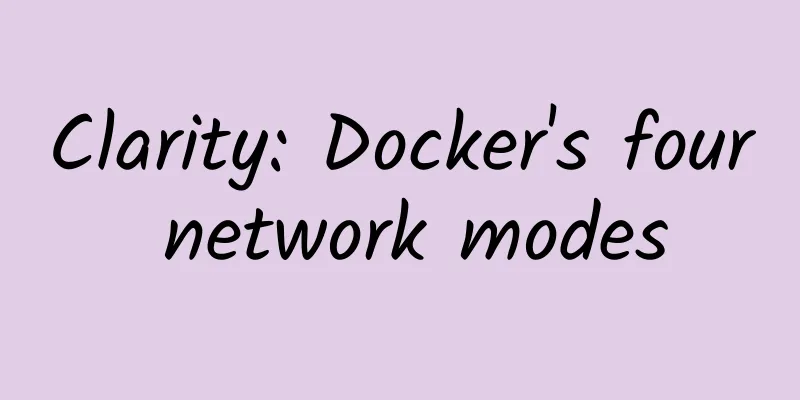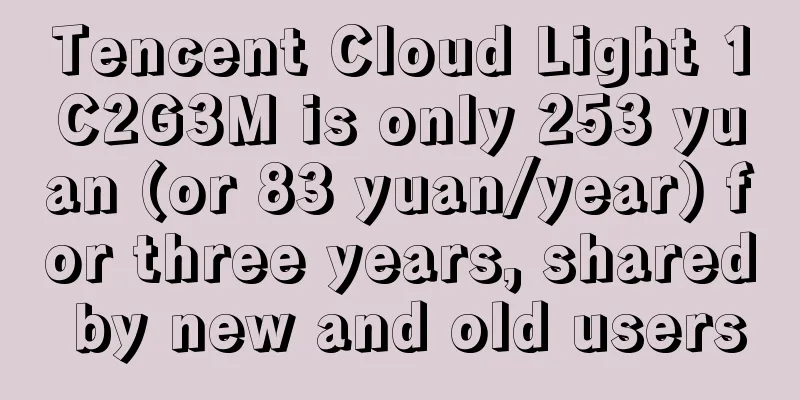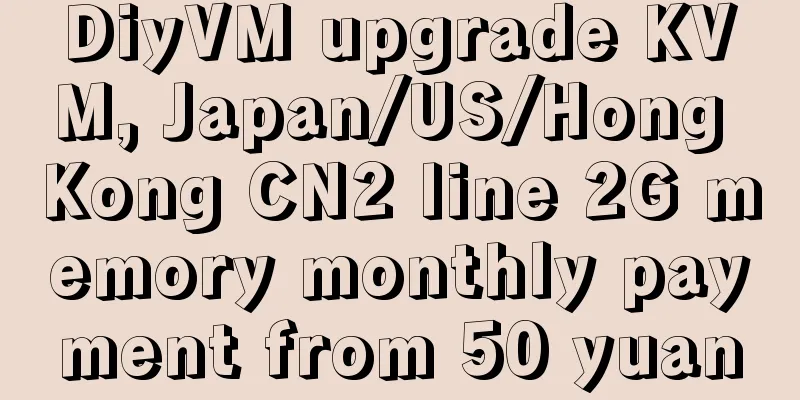How to understand the multi-layer model of bus communication protocol

|
Judging from the development trend of industrial technology in recent years, the widespread application and popularization of Ethernet in the industrial field is already an indisputable fact. As mentioned in the previous article "The Evolution of Industrial Bus to Ethernet", its driving force comes from the system cost optimization brought about by the universality and consistency of network connections. Figure 1 Mainstream bus model However, as industrial equipment communication technology has moved from the early fieldbus to the industrial Ethernet era, it has brought to the majority of manufacturing users not only the various values and benefits gained from the use of new technologies, but also the "choice barriers" caused by the fierce competition among multiple industrial Ethernet protocols. Figure 2 Framework You know, for those of us working in the traditional manufacturing industry, whenever we hear various professional IT terms to explain the differences between different Ethernet protocols and evaluate the pros and cons of their respective technologies, we are basically completely confused. Figure 3 Framework hierarchy But how can one understand the differences and distinctions between various industrial Ethernet protocols without a strong IT technical knowledge background? Personally, I think we need to first understand the basic process of data communication between devices in the information network. We can imagine the data exchange between devices as the information exchange between people in social activities. We need to communicate with each other based on certain rules. People's conversations need to follow specific etiquette, and device communication also needs to have protocol agreements. Whether it is social etiquette between people or communication protocols between devices, they must be built on the process framework of information interaction events. For example, when we want to talk to someone, we first have to find him/her in the crowd and confirm that he/she is available before we can start communicating. After a simple greeting and handshake, we can directly tell him/her what we want to communicate. If the other party is busy, we need to wait or make another appointment. In addition, when the two parties talk, only by taking turns to speak can the efficiency of communication be ensured. And after the communication is completed, we need to greet each other and say goodbye. This is a basic process of information exchange. At each step in this process, the specific communication methods used by both parties, such as: how to find each other, what language the two parties use to talk, how to greet each other, how to feedback busy status, whether to continue waiting when busy, how to say goodbye and end the conversation... etc., these are the contents that the communication protocol needs to involve. Figure 4 Internet of Everything The information exchange between multiple devices on the communication network also requires a set of processes. It not only depends on the agreement of the data interface between the two parties, but also must rely on the mutual cooperation of each node in the communication line (such as: Ethernet port, router, switch ... etc.) in the data relay. This requires a complete set of extremely clear definitions of the responsibilities of each node component and the data interaction methods between each other at all levels involved in the network communication service. This is the so-called communication protocol suite. Figure 5 Just like when postal express companies manage the mail delivery process, they also need to establish clear rules for each functional department and the collaborative division of labor between them. Specifically, assuming that device A in the network wants to send a set of data to device B, the communication process will be roughly as follows: i. User sent Device A needs to first convert the data into a digital signal that can be transmitted by the network system, package it according to the agreed format, add the network address and application type identifier of the target device B, and transmit it to the communication port (cache); Figure 6 This is like before we deliver mail, we need to put the written letter content into the envelope, and then fill in the recipient's detailed information (address, zip code, department, name, subject... etc.) according to the prescribed format; ii. Transmission Services Figure 7 The network system will provide different types of transmission services according to the needs of data communication, such as Transmission Control Protocol (TCP) and User Datagram Protocol (UDP)... etc. Users can choose to use different data transmission services according to the needs of the communication content; Figure 8 This is just like when we send out mail, we will choose different types of delivery services according to the needs (such as importance and urgency...), such as ordinary letters, whether insurance is required, whether a receipt is required, whether it needs to be sent in batches... and so on; iii. Parcel sorting
Fig. 9 Next, the data packet will be transmitted from the port of device A to the network switch connected to it.
Fig.10 The role of the switch is like the sorting station of the express company near each community, which will determine the next direction of the package according to the address information on the package and the type of service selected; iv. Remote Routing
Fig.11 If the target device B and the data source device A are not in the same local area network (LAN), the switch will transmit the data to its upper network, and the router will find a data transmission path for it based on the target address.
Fig.12 The data will be relayed between multiple routers and finally reach the network switch of the local area network where the target device B is located. The switch will then transmit the data to the network port of device B. Fig.13 The router here is like the logistics center of the express company in various transportation hubs (airports, train stations, transfer stations...), responsible for the cross-region transfer of packages; v. Local Link Fig.14 If the target device B and the data source device A are in the same local area network (LAN), the switch will transmit the data directly to the network port of device B;
Fig.15 Just like the express delivery companies handle express delivery within the city (district), it is directly transported by ground and delivered by the courier. vi. User Reception After receiving the data from device A, device B will hand it over to the relevant application to open and parse it according to the port information on the data packet; Fig.16 Just like when we receive a courier, we hand it over to the department and recipient marked on the envelope. vii. Physical Media
Fig.17 All mail transportation by express delivery companies must be completed with the help of various means of transportation and transfer and sorting stations.
Fig.18 The entire process of data transmission between devices in the network is completed based on the conversion of high and low level signals on the communication lines. Fig.19 In fact, all kinds of Ethernet communication protocols we currently use basically follow such a systematic data transmission process. Fig. 20 However, in order to facilitate the consistency of protocol design and implementation, the protocol framework is abstractly expressed as a multi-layer reference model, and each layer of the protocol corresponds to a different stage in the above communication process (i./vi. application layer; ii. transport layer; iv. network routing layer; iii./v. data link layer; vii. physical layer). Fig.21 However, the reference model of the network protocol only defines the steps required for data transmission between devices; the data interaction rules at each stage (layer) of the network communication process, such as the priority of different types of data, the "speaking" rights of different devices in the network, the fault handling mechanism when errors occur, etc., need to be specifically agreed upon in the communication protocol based on the specific industry application characteristics. Fig. 22 Just like most express delivery companies have very similar mail sorting processes, but when handling specific mail, they are likely to take some different approaches, which will result in certain differences in user experience. Fig.23 After the above discussion, it is not difficult for us to understand why each company uses the multi-layer protocol model when introducing its industrial Ethernet technology, because they basically have similar data communication processes, but they agree on some different rules at each layer of the protocol. In other words, different methods are used at each stage of the data communication process. Fig.24 |
<<: The love-hate relationship between video surveillance networks and IPv6
>>: With the arrival of 5G, will enterprise-level networks disappear?
Recommend
DiyVM: 50 yuan/month-2GB/50GB/10M/US CN2/Hong Kong CN2/Japan Osaka
Continue to share information about DiyVM. DiyVM ...
SIM card swap attacks: an inevitable battle as 5G wave arrives
The infrastructure of mobile phone operators is u...
SpartanHost: 1TB large hard disk VPS starts at $6/month, 10Gbps large bandwidth high-security VPS starts at 20% off $4/month
SpartanHost, also known as Sparta, is a foreign h...
SpartanHost Seattle VPS restock, $8/month-2GB/30G NVMe/3TB/10Gbps bandwidth
SpartanHost has updated its inventory again. Some...
7.2 Our computer room is disconnected from the Internet! What should I do?
1. Background At 10:04 on July 2, 2024, the publi...
KVMLA Japan/Singapore dedicated server monthly payment 30% off, 595 yuan/month E3-1230v3, 16G memory, 480G SSD, 20M bandwidth
KVMLA has launched a special promotion for dedica...
DediPath Summer Promotion: 29% off on dedicated servers, 1Gbps unlimited traffic servers starting at $35.5/month, 35% off on VPS hosting
DediPath has released its latest summer promotion...
Transforming the digital experience with 5G
Transforming digital experiences, products, servi...
Detailed explanation of the network model splitting in the network. I finally understood it after being troubled for a long time. Take a look at it in one minute
Seven-layer model decomposition From the applicat...
Insufficient CMDB Momentum = “Failed” IT Operations?
Whether it is the implementation of ITIL in the e...
What factors determine the price of HTTPS certificates?
In the era of big data, when information is trans...
Accelerating NFV interoperability testing
Many service providers have deployed network func...
[Black Friday] Zgovps: $12.9/year-1GB/20GB/2TB/Japan IIJ/Germany/Los Angeles AS4837, etc.
Zgovps also released a promotion during this year...
Wi-Fi 6 certification, here are 6 issues worth paying attention to!
This article is reproduced from Leiphone.com. If ...
Friendhosting Halloween 30% off, 13 data center VPS monthly payment from 2.1 euros
Friendhosting has launched this year's Hallow...









